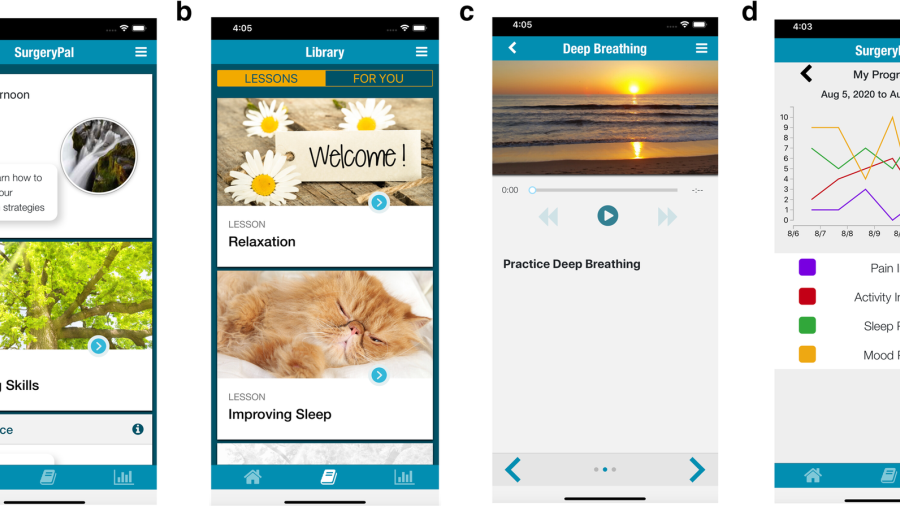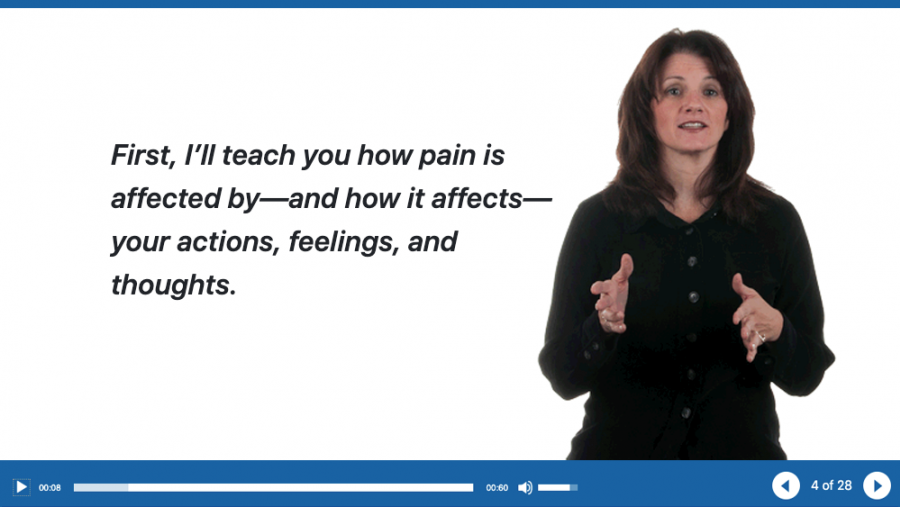Pain Management Effectiveness Research Network (ERN)
Overview
The Research Need
Patients and clinicians need to know which pain treatments work best. These approaches should be safe and effective for treating both acute pain and chronic pain.
About the Program
This program evaluates the effectiveness of many different therapies to guide clinical practice in real-world settings. This broad research effort seeks to improve pain care by enhancing understanding about chronic pain as well as by accelerating and improving pain therapeutics development. Dedicated resource centers optimize and coordinate these collaborative activities.
The program leverages the infrastructure of the National Center for Advancing Translational Sciences (NCATS) Trial Innovation Network to support clinical trials that compare the effectiveness of existing non-addictive pain therapies as well as existing or novel approaches for pain prevention and management. The program is aligned with the high-priority recommendations of the Federal Pain Research Strategy and supports implementation of the recommendations of the Pain Management Best Practices Inter-Agency Task Force.
Open Funding Opportunities
There are no Open Funding Opportunities at this time.
Research Examples
Research examples supported by this program include:
- Evaluating the effectiveness of nonpharmacological treatments for pain, including behavioral interventions delivered by trained providers and through telehealth programs and self-management programs
- Studying a broad range of pain conditions, including chronic pain, chronic cancer pain, chronic musculoskeletal pain, sickle cell disease pain, perioperative pain, post-Cesarean delivery pain, and knee osteoarthritis
- Involving understudied populations, including older adults, adolescents, veterans, people in rural areas, and postpartum women
- Combining cognitive behavioral and medication-based treatments to improve patient outcomes (both pain relief and function)
- Establishing resource centers that optimize the coordination of individual clinical trials and facilitate the dissemination of strategies and best practices for conducting pain clinical trials
- Johns Hopkins University – Maryland
- Kaiser Foundation Research Institute – California
- New York University School of Medicine – New York
- Seattle Children’s Hospital – Washington
- University of New Mexico – New Mexico
- Wake Forest University – North Carolina
Participating NIH Institutes, Centers, and Offices
- Eunice Kennedy Shriver National Institute of Child Health and Human Development (NICHD)
- National Cancer Institute (NCI)
- National Center for Advancing Translational Sciences (NCATS)
- National Center for Complementary and Integrative Health (NCCIH)
- National Eye Institute (NEI)
- National Heart, Lung, and Blood Institute (NHLBI)
- National Institute of Arthritis and Musculoskeletal and Skin Diseases (NIAMS)
- National Institute of Neurological Disorders and Stroke (NINDS)
- National Institute of Nursing Research (NINR)
- National Institute on Aging (NIA)
- National Institute on Minority Health and Health Disparities (NIMHD)
View Other Research Programs in This Focus Area
- Advancing Health Equity in Pain Management
- Back Pain Consortium Research Program (BACPAC)
- Discovery and Validation of Biomarkers, Endpoints, and Signatures for Pain Conditions
- Early Phase Pain Investigation Clinical Network (EPPIC Net)
- Integrated Approach to Pain and Opioid Use in Hemodialysis Patients (HOPE)
- Reducing Opioid-Related Harms to Treat Chronic Pain (IMPOWR and MIRHIQL)
- Pain Management Effectiveness Research Network (ERN)
- PRagmatic and Implementation Studies for the Management of Pain to Reduce Opioid Prescribing (PRISM)
- Prevention and Management of Chronic Pain in Rural Populations
 U.S. Department of Health & Human Services
U.S. Department of Health & Human Services






